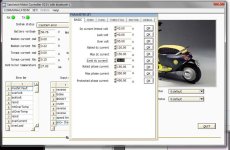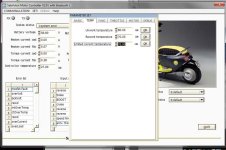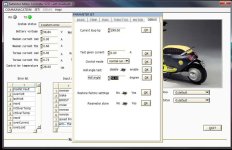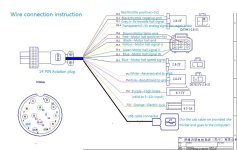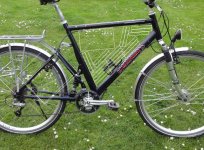zombiess
10 MW
Futterama said:amberwolf said:Also less load on the batteries, can use lower C-rate (probably cheaper) cells (though it requires more of them in series, of course).
zombiess, when voltage goes up (more battery cells) current goes down for the same amount of power, and it is the current that stresses batteries, so the batteries are not subjected to the same stresses as you wrote.zombiess said:Batteries are subject to the same stresses because it's based on power. 1000v @ 1a or 1v@1000a is the same amount of power.
If you take 1000 1V, 1AH cells in series and draw 1A from the 1000V battery, each cell is loaded with 1W. Take those same cells and place them all in parallel for a 1V 1000AH battery and draw 1000A from it, each cell is loaded with 1W.
For high power systems it's easier to use high voltage than it is high current to get the power due to controller limitations. When I say high power, I'm talking > 25,000W. At these power levels it makes a lot of sens to go to a +300V system. This controller is for low power scooters and high power ebikes.


